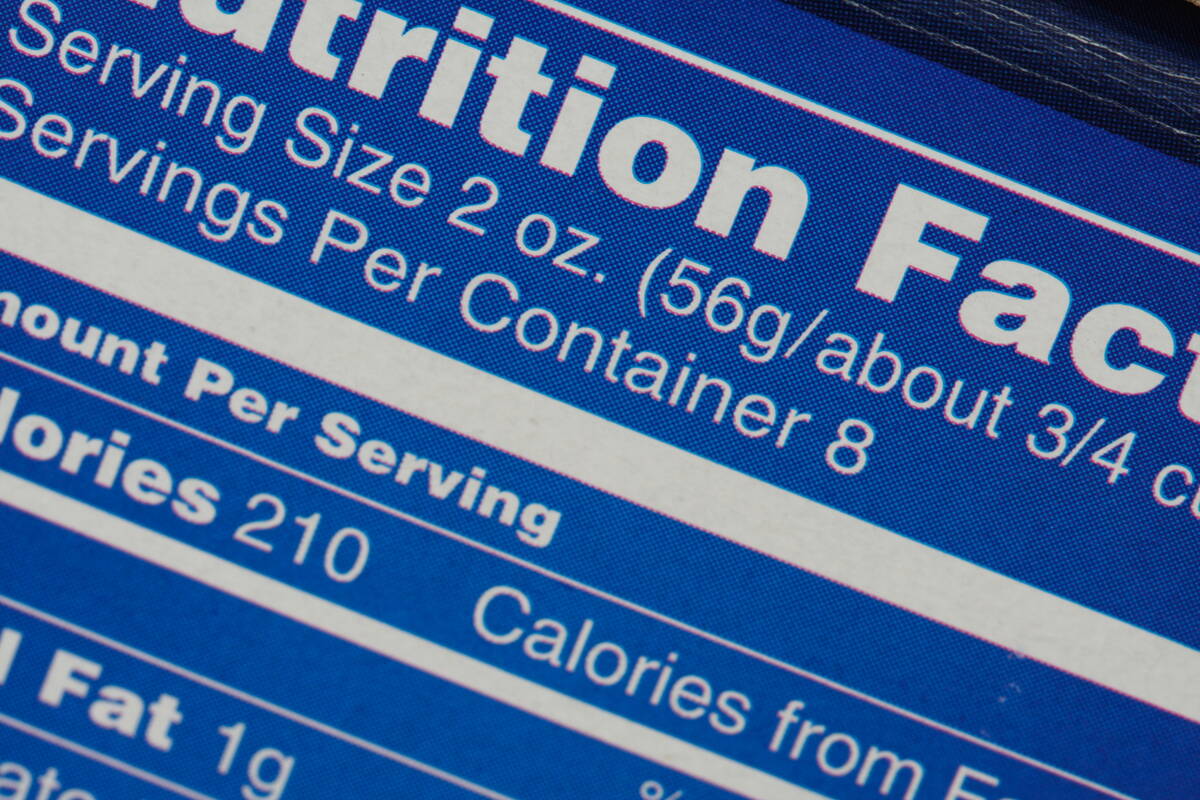What do ‘healthy’ and ‘natural’ mean on food labels? Get ready for confusion
We were watching an old Western where a beauty played by Raquel Welch is taken hostage by a band of robbers. Throughout the movie, they drag her through the desert while they fight off bandits.
What I found amazing was how this gorgeous woman remained naturally groomed and manicured through the whole ordeal. I’m pretty sure my natural look under similar circumstances would not have been as appealing.
In terms of food, what we call “natural” appears to be just as elusive. According to the Food and Drug Administration, the agency that regulates labels on food products, there is, as yet, no formal definition for the term “natural.”
Instead, the FDA has a long-standing policy that “natural” generally means nothing artificial or synthetic has been put into a food that would not normally be expected to be there.
For example, a product that contains synthetic forms of vitamin D cannot claim to be “natural,” whereas salmon or eggs, which naturally contain vitamin D, can make the claim.
What the term “natural” does not address is how the food was produced, or whether it has any nutrition or health benefit.
Ready to be more confused?
Meat and poultry products are regulated by a different government agency — the U.S. Department of Agriculture — which has its own definition of “natural.” According to the USDA, meat, poultry and eggs can carry the “natural” or “all-natural” label if they are minimally processed and contain no artificial ingredients, colors or preservatives.
And don’t confuse those terms with “naturally raised.” This is yet another USDA term for meat and poultry that refers to livestock raised without growth promoters or antibiotics. Naturally raised livestock can also carry the “natural” label if the meat is minimally processed and does not contain any artificial or synthetic ingredients or colors.
If your head isn’t spinning yet, consider the term “healthy” on food labels.
Currently, the FDA allows the claim on a food if it meets specific nutrient-related criteria. That means it must be low in total fat, saturated fat, cholesterol and sodium. And it must also provide at least 10 percent of the daily value (recommended amounts to consume) for at least one of these nutrients: vitamin A, vitamin C, calcium, iron, protein or fiber.
The FDA is in the process of updating what can be called “healthy” on food labels. It recognizes that people eat food, not nutrients. Don’t ding an avocado for being too high in fat, for example. Most of its fats are the healthful monounsaturated and polyunsaturated types, and the fruit is also low in sodium and high in dietary fiber.
In the meantime, let’s focus on what we already know to be true: Moderate portions of real food balanced from all food groups are about as natural and healthy as you can get.
Barbara Intermill is a registered dietitian nutritionist and syndicated columnist. Email her at barbara@quinnessentialnutrition.com.













